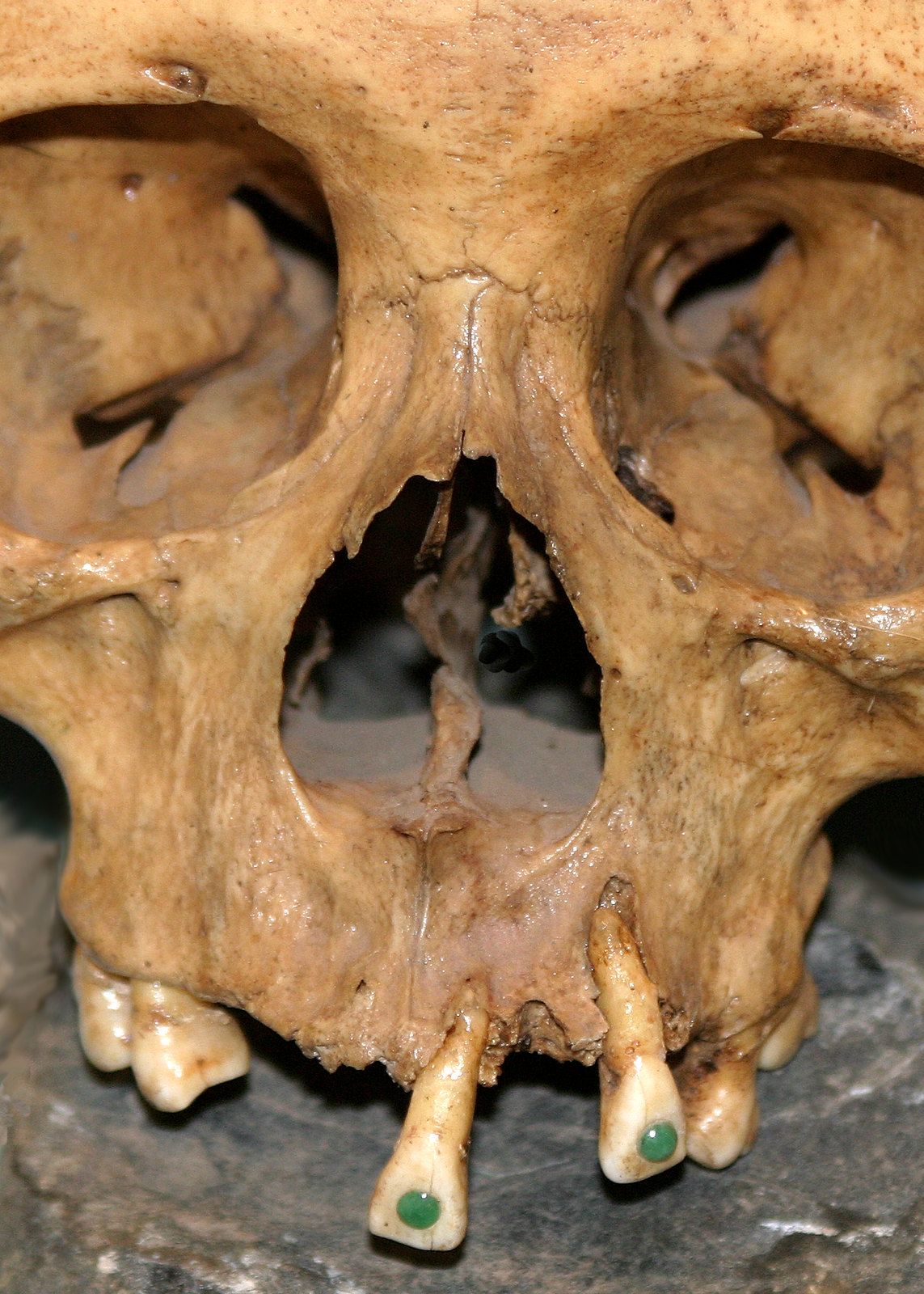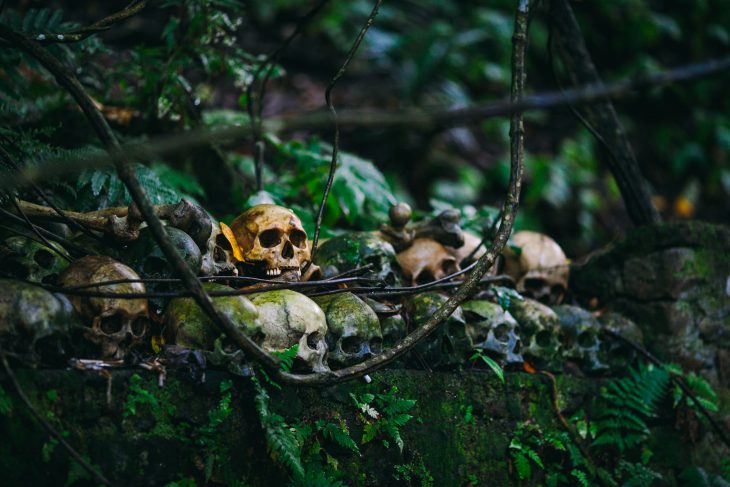Today, dentists attach orthodontic devices to people’s teeth, like braces and crowns, for health reasons. During the early Preclassic period (2000-1000 BCE), the ancient Mayans modified their teeth for other reasons. In some cases, teeth were filed to create grooves or points. In other cases, jewels, stones, or minerals were embedded into the teeth. Scientists want to know why these Mesoamerican cultures performed these intentional modifications on their teeth and want to understand what it meant in Mayan societies.
A team led by Dr. Cristina Verdugo found 102 teeth that had various modifications on them in a cave called Midnight Terror Cave, located in the Cayo District of Belize. Midnight Terror Cave contains over 10,000 skeletal pieces. Previous studies suggest that this cave was a public ritual location, meaning these bones likely came from sacrificed people. This is indicated by damage to the bones, demographics, the layout of the site, and the time period.
The researchers extracted the teeth from different parts of the cave to try to avoid getting multiples from the same person. They then photographed the teeth and observed any modifications, analyzing whether they were intentional or not. They also carefully measured the dimensions of the teeth before crushing them into powder to obtain DNA. 3D models were made with the pictures taken of the teeth. In total, researchers analyzed DNA from 41 teeth that came from 23 individuals. The researchers then used this DNA to figure out whether the individuals were related and whether they were male or female.
The researchers found that the dental modifications were almost always on the top and bottom incisors (the two top teeth and two bottom teeth at the front of the mouth) or the canines (the pointy “vampire” teeth at the front edge). Experts in this field think that these teeth were chosen so other members of the community could easily see the modifications. Experts have identified many potential reasons for why these historical people modified their teeth including initiation rituals, aesthetics, tribal identity, or intimidating enemies.

Jade-Toothed Skull, photo by David Dennis on Flickr
The researchers analyzed the mitochondrial DNA in the teeth in order to figure out how the individuals were related to each other. Mitochondria are cellular structures that have their own DNA that is only passed down maternally, meaning your mitochondrial DNA is exactly the same as your mother’s. This means that the scientists couldn’t tell if there were any paternal relationships between the teeth, for example, if an individual was another’s father or paternal uncle.
The researchers were able to reconstruct the full mitochondrial genomes from 17 individuals, which is the largest collection from a single site in Mesoamerica so far. From these results, they found that the most frequent styles of teeth were not only found on maternally related people. In other words, the modifications do not seem to be only performed by certain families. These data suggest that the modifications may have been status symbols within certain communities. The researchers came to this conclusion due to the frequency of certain modifications and how some of them were present at other locations.
The researchers concluded that these dental modifications are shared by both males and females, which is consistent with previous research. Interestingly, 60% of the teeth found in the cave were female teeth, which contradicts the previous paradigm that males were most commonly sacrificed. Experts had concluded this because Mayan imagery mostly depicts young men being captured and sacrificed.
However, there is still more to learn. Because Mayan societies are patriarchal, the mitochondrial DNA analysis could not falsify the hypothesis that families would get the same modifications. For example, if a father and son always got the same modifications, the researchers would not have been able to see that pattern.
This research is an important step in finding out why exactly the Mayans modified their teeth. These discoveries help rule out some previous assumptions about why Mayans modified their teeth, in that it likely wasn’t entire families doing the same modifications. It also indicates that some previous ideas about Mayan society might actually be incorrect, such as who was most commonly sacrificed. To understand these practices even better, the researchers plan to perform more detailed DNA sequencing to detect trends amongst all familial relationships, not just maternal relationships.


